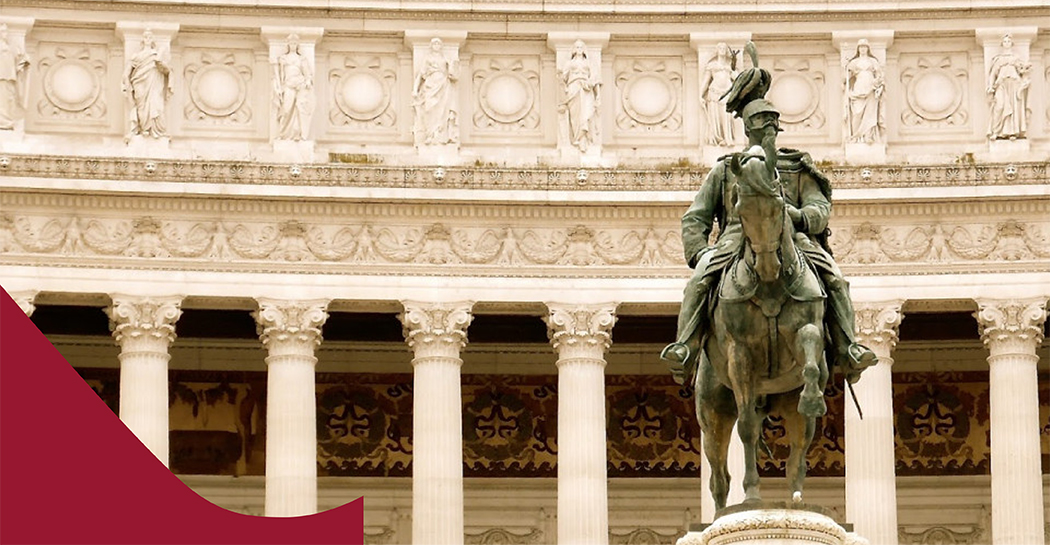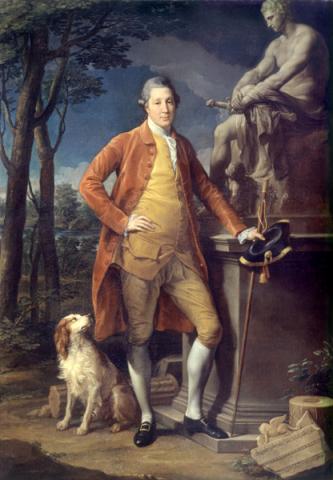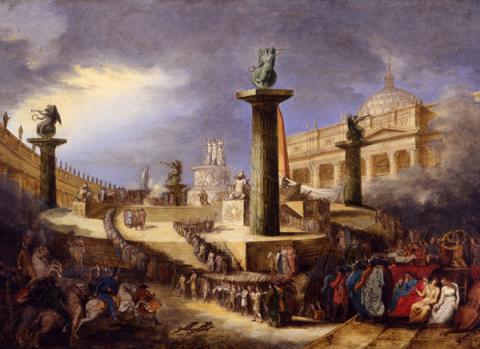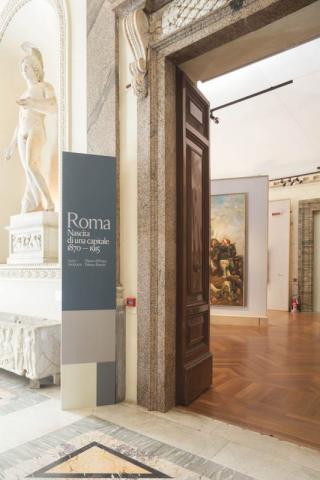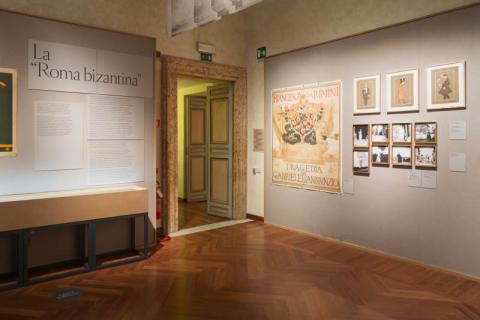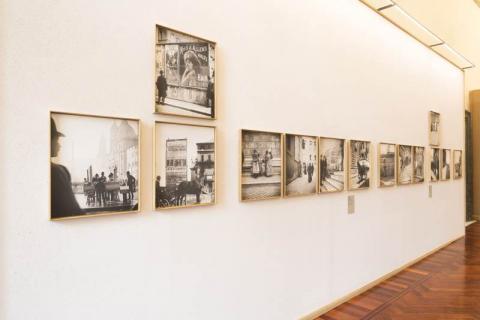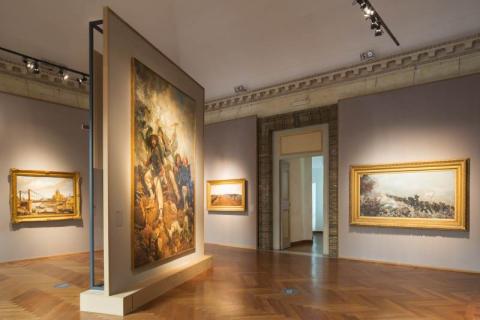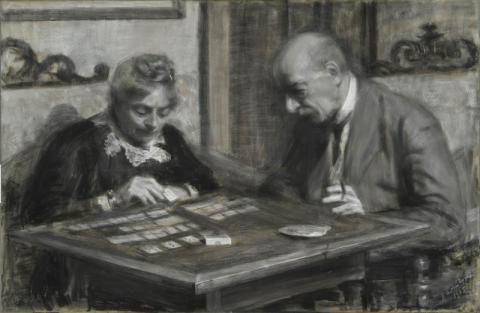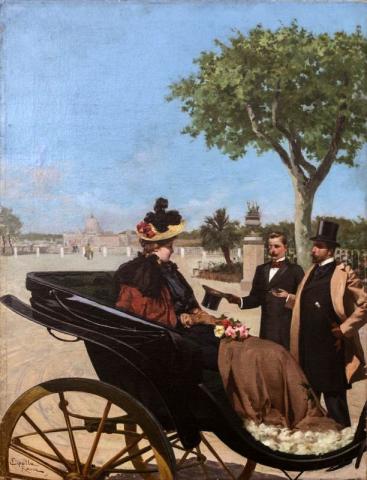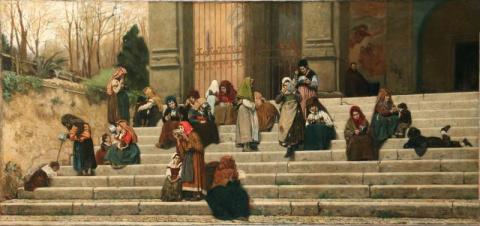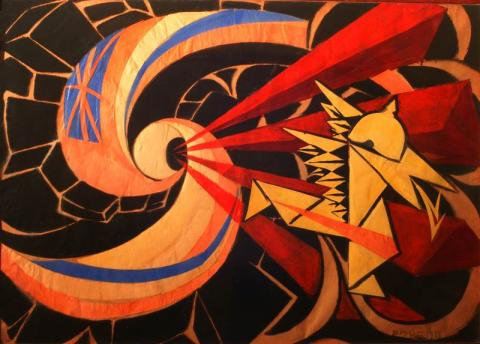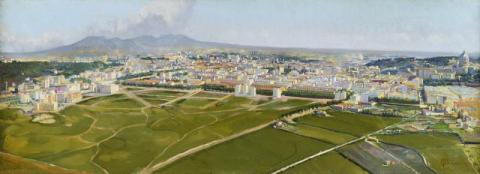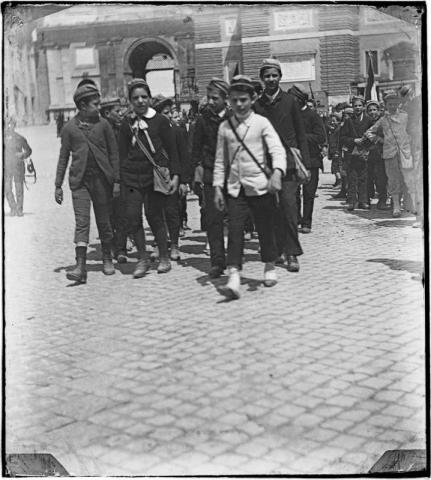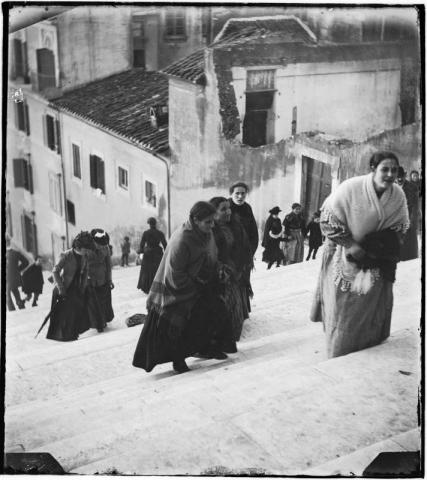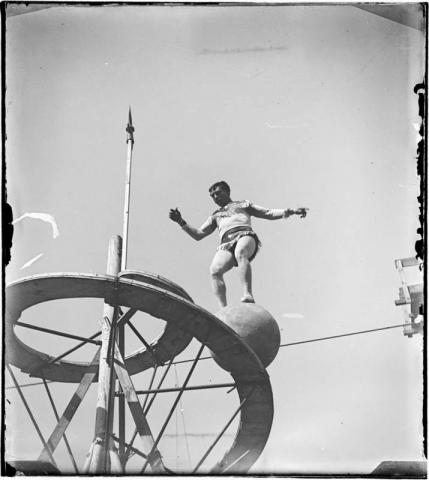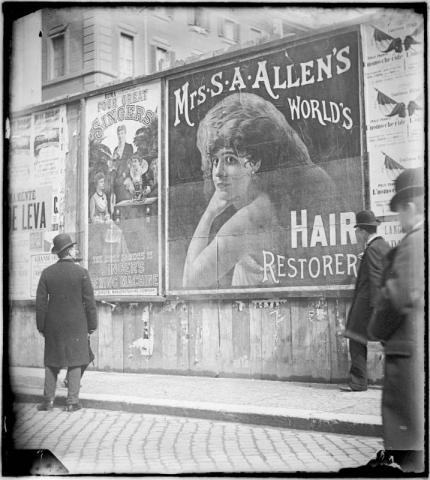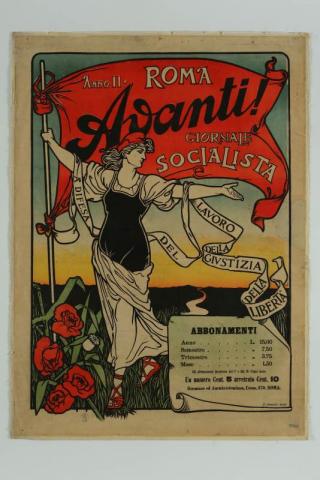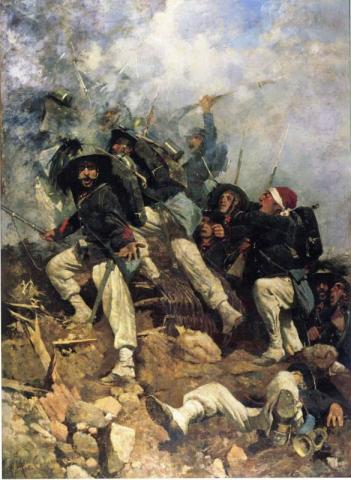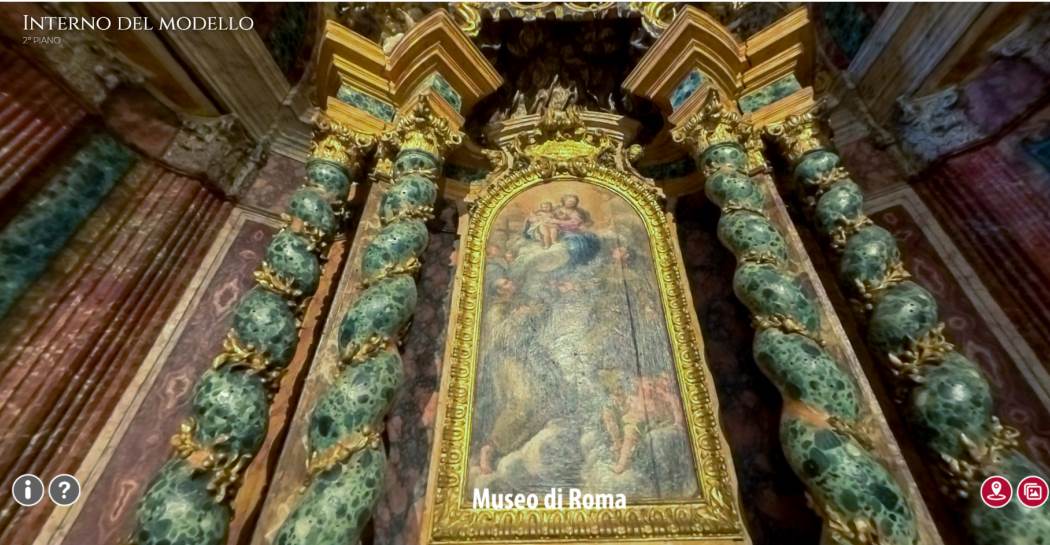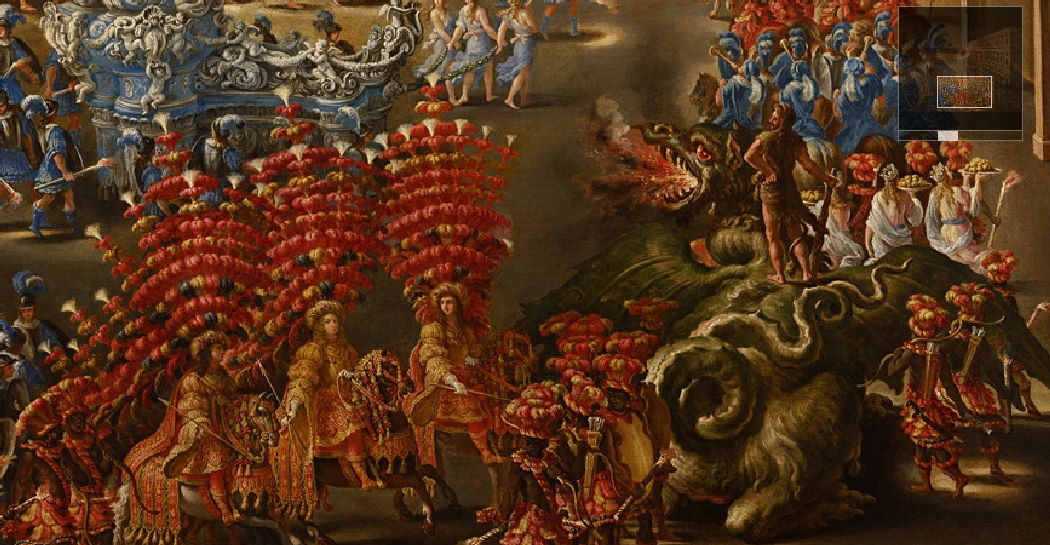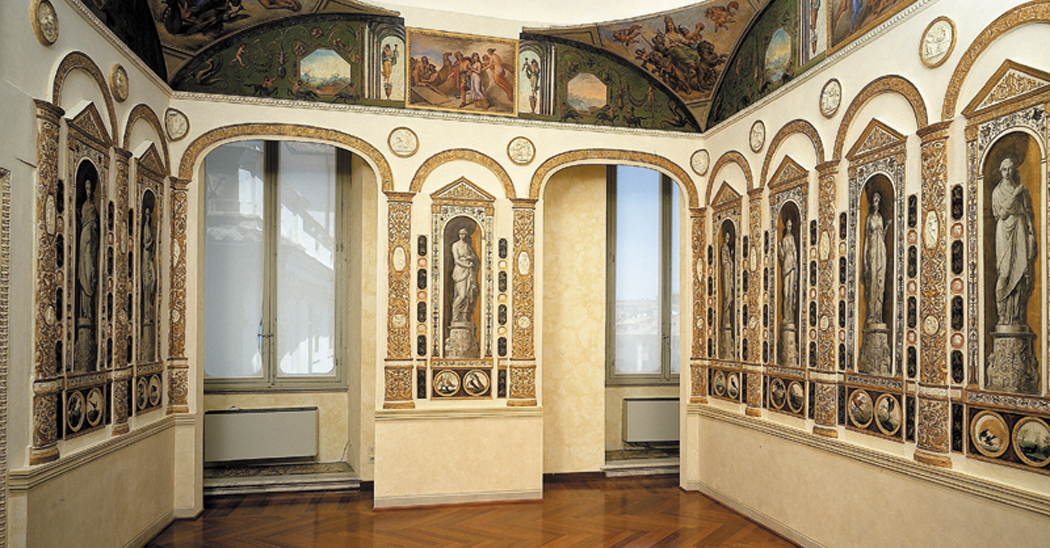Roma. Nascita di una capitale 1870-1915
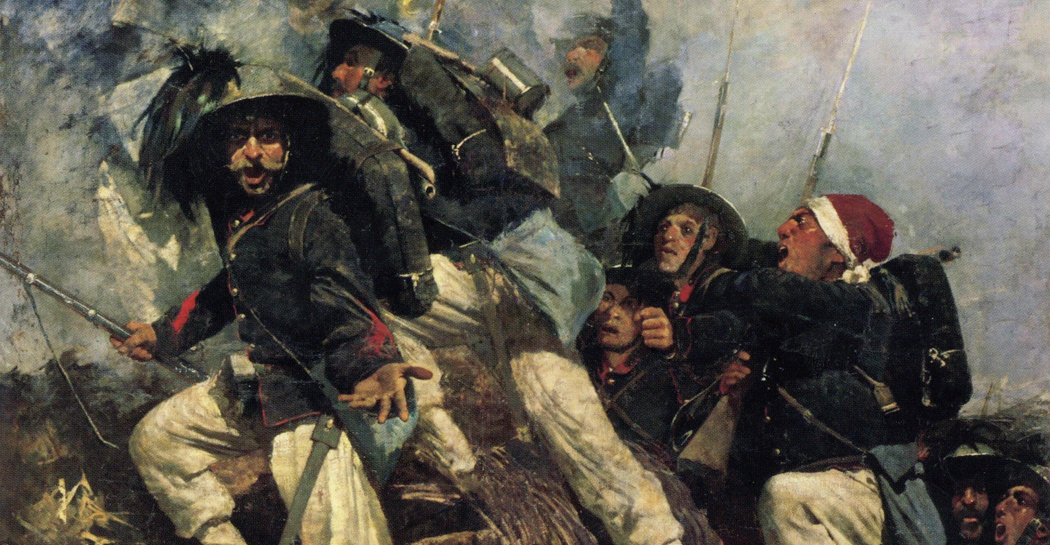
The exhibition is part of the celebrations for the 150th anniversary of the proclamation of Rome as capital city organised by the Sovrintendenza Capitolina.
The exhibition, organized by Federica Pirani, Gloria Raimondi and Flavia Pesci, with the scientific advice of Prof. Vittorio Vidotto and the technical-scientific collaboration of the Department of Architecture and the Department of Education Sciences of the University of Roma Tre, the Primoli Foundation Archives, the Roma 150 Committee and the Istituto Luce-Cinecchio. The exhibition, curated by Federica Pirani, Gloria Raimondi and Flavia Pesci, with the scientific advice of Prof. Vittorio Vidotto and the technical-scientific collaboration of the Department of Architecture and the Department of Educational Sciences of the University of Roma Tre, the Primoli Foundation Archives, the Comitato Roma 150, the Istituto Luce-Cinecittà, the Fondazione Centro Sperimentale di Cinematografia, the Museo Ebraico di Roma, the National Museum Collezione Salce in Treviso, the Fondazione Cineteca di Bologna and the Accademia Nazionale di Santa Cecilia, aims to present, together with the great events that marked the history of the new capital from 1870 to the years of the First World War, also the profound physical transformations of the body of the city, its streets, squares, villas and its social components.
The exhibition takes place over a period of time ranging from the Breach of Porta Pia to the First World War, and develops three main thematic nuclei told through emblematic episodes that illustrate, together with the historical events, the urban transformations and the new architecture of the new Capital, in dialogue with the socio-cultural changes.
About 600 works of art, including paintings, sculptures, drawings, graphics, photographs and documentary material from public and private collections, are placed in continuous dialogue with evocative images taken from original films that depict Rome in the period between the nineteenth and twentieth centuries and, at the end of the tour, at the time of the celebrations for the end of the First World War. A constant and significant presence along the route is represented by the extraordinarily high quality photographs taken by Count Giuseppe Primoli between 1888 and 1903, which combine documentary value with an almost ante-litteram reportage character. Didactic apparatus, immersive installations, multimedia supports and videos, at times accompanied by quotations from Italian and foreign writers, illustrate the many aspects linked to politics, art, commerce, nascent industries, tourism, sport, social and social life that constituted the scaffolding on which to build the image of a city turned towards modernity.
The great painting by Michele Cammarano showing the Porta Pia Breach, whose symbolic value opens the exhibition, is counterpointed by a number of frames from Filoteo Alberini's film "La presa di Roma" (1905), a historical document presented for the first time that year on the walls of Porta Pia and subsequently reproposed on all the anniversaries of the event. The importance of the event and the fortune of its iconography will be represented by paintings (Bartolena, Ademollo, Tranzi) and original photographs reconstructing the event. Paintings and sculptures of the protagonists (Cavour, Garibaldi, Mazzini, Vittorio Emanuele) alternate with numerous paintings and documents celebrating the Plebiscite, both official and popular (Luigi Riva, Plebiscito a Roma, Vincenzo Giovannini, Il tricolore agli Orti Farnesiani), which highlight the resonance of the event in Rome and the Kingdom.
Through the planimetric representations of the urban territory and the salubriousness of the air, the dramatic relationship of the new capital with the scourge of poverty and malaria is also told. Federico Zandomeneghi's large painting, I poveri sui gradini della chiesa di San Gregorio al Celio, bears witness to the state of indigence and suffering of a large part of the population.
An important space is dedicated to illustrating the close relationship between Rome and the Tiber. The river, a communication route and a place of commercial exchange and leisure, is also experienced by the inhabitants as a constant danger linked to the very frequent and destructive floods. The works on display (a model of the Porto di Ripetta, paintings, photographs and plans) bear witness to the ambivalence and coexistence between the two aspects.
Visitors can then follow the urban transformation of the capital through the display of models, architectural projects and decorative sketches of the most significant buildings constructed in those years, with a wealth of archive documentation on the history of demolitions (opening of the major thoroughfares of Via Nazionale and Corso Vittorio Emanuele) and the construction of the most representative and emblematic monuments of the Risorgimento (Palazzo del Parlamento, Palazzo di Giustizia, Vittoriano).
Illustrated by sentences from writers and intellectuals who reflected on the events surrounding the destruction/construction of the city (Gabriele D'Annunzio, Ermanno Grimm, Émile Zola), these major changes also show the feverish activity of the building sites, which also opened their eyes to new social and political issues, from the presence of workers and proletarians to the birth of socialism.
The birth of new neighbourhoods and the transformation of the Ghetto, with the construction of the new Synagogue represented by the wooden model of the Main Temple and the preparatory sketches for its decoration, from the Jewish Museum of Rome which, this autumn, will in turn inaugurate an exhibition dedicated to the celebrations of Rome as capital city entitled 1848-1871. The Jews of Rome between segregation and emancipation.
The large hall of the Museum is also dedicated to an ideal walk through Rome, featuring numerous posters from the important Salce Collection in Treviso and an exhibition within the exhibition, consisting of around 70 almost unpublished images, dedicated to the photographic activity of Count Giuseppe Primoli and organised in collaboration with the Primoli Foundation.
The election of Ernesto Nathan as Mayor of Rome led to an unprecedented modernisation of the capital (spread of education, public health, urban planning, infrastructure, transport, lighting). These years also saw the development of important school projects (schools in the city, schools in the Agro Romano area and the opening of Maria Montessori's 'Case del Bambino') and the promotion of Rome's international image with the great exhibition marking the 50th anniversary of the Unification of Italy in 1911.
The exhibition ends with a room dedicated to the outbreak of war, which, with its enormous political and social upheavals, marked a crucial watershed in the history of the twentieth century. A room with an "immersive" effect is reserved for the projection of fragments from the film "Gloria" with images of the conflict and photographs of interventionist demonstrations - accompanied by an actor's reading of Gabriele D'Annunzio's words in favour of entering the war. The exhibition concludes with some interventionist paintings by Giacomo Balla, while Edoardo Gioja's L'ultima veglia (The Last Vigil) symbolically represents the end of the conflict.
The exhibition is provided with a very detailed didactic system and a special catalogue published by De Luca Editori d'Arte with numerous contributions by historians, archaeologists, architects, art and entertainment historians. The catalogue is edited by Federica Pirani, Gloria Raimondi and Flavia Pesci.
The catalogue is edited by Federica Pirani, Gloria Raimondi and Flavia Pesci.
Information
From 4 May to 26 September 2021
Tuesday to Sunday from 10.00 to 19.00
Last admission one hour before closing
Closing days
Monday
PLEASE CONSULT the NOTICES before planning your visit to the museum.
See page: Tickets and audioguides
Tel 060608 every day 9.00 - 19.00
Promoted by
Capitoline Cultural Heritage Office
Catalogo
Press Room
Gallery
Documents
Eventi correlati
1009359
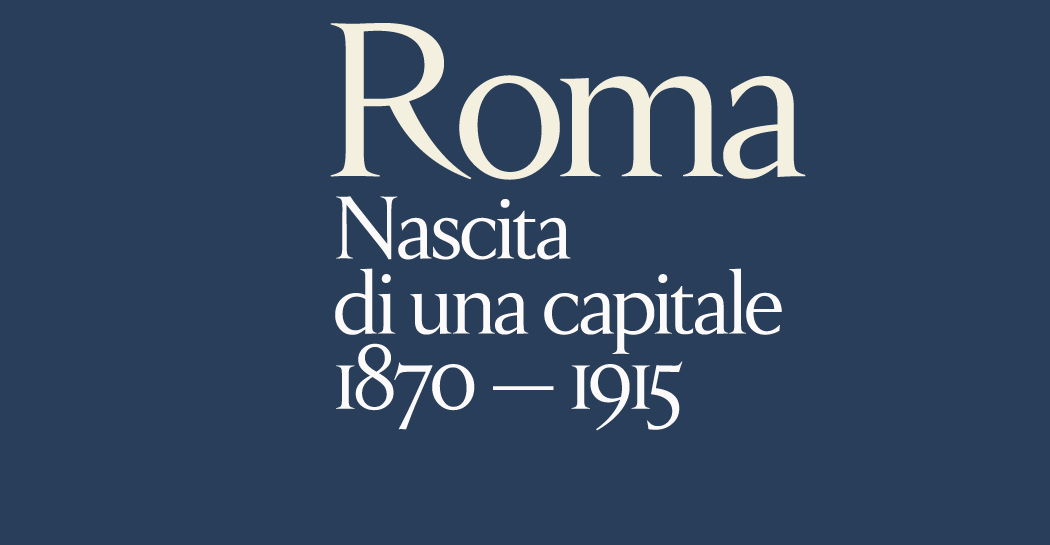
1009128
